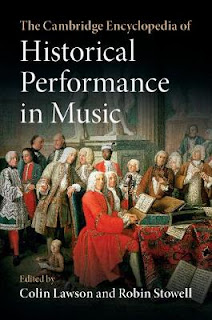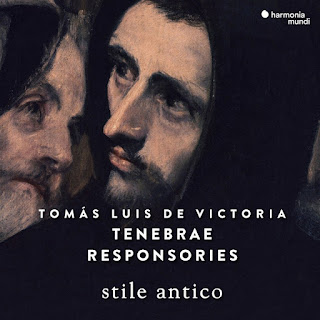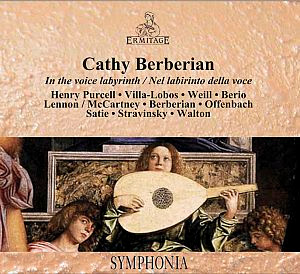Search This Blog
Early music and more by Edward Breen
Where possible, review entries are linked to their original publication.
Posts
Showing posts from 2018
Star of Heaven: The Eton Choirbook Legacy
- Get link
- Other Apps
In a Strange Land: Elizabethan Composers in Exile
- Get link
- Other Apps
Missa Ave Maria & Missa Salve sancta parens
- Get link
- Other Apps
Josquin - Missa Gaudeamus and Missa L'ami Baudichon
- Get link
- Other Apps
The Cambridge Encyclopedia of Historical Performance in Music
- Get link
- Other Apps
Missa Videte miraculum & Ave Maria, ancilla Trinitatis
- Get link
- Other Apps
A Performance and Reception History of On parole/A paris/Frese nouvel
- Get link
- Other Apps
David Munrow’s ‘Turkish Nightclub Piece’
- Get link
- Other Apps
Jacob Obrecht: Missa Grecorum & motets
- Get link
- Other Apps
A due alti: Chamber duets by Bononcini, Steffani, Marcello et al.
- Get link
- Other Apps















